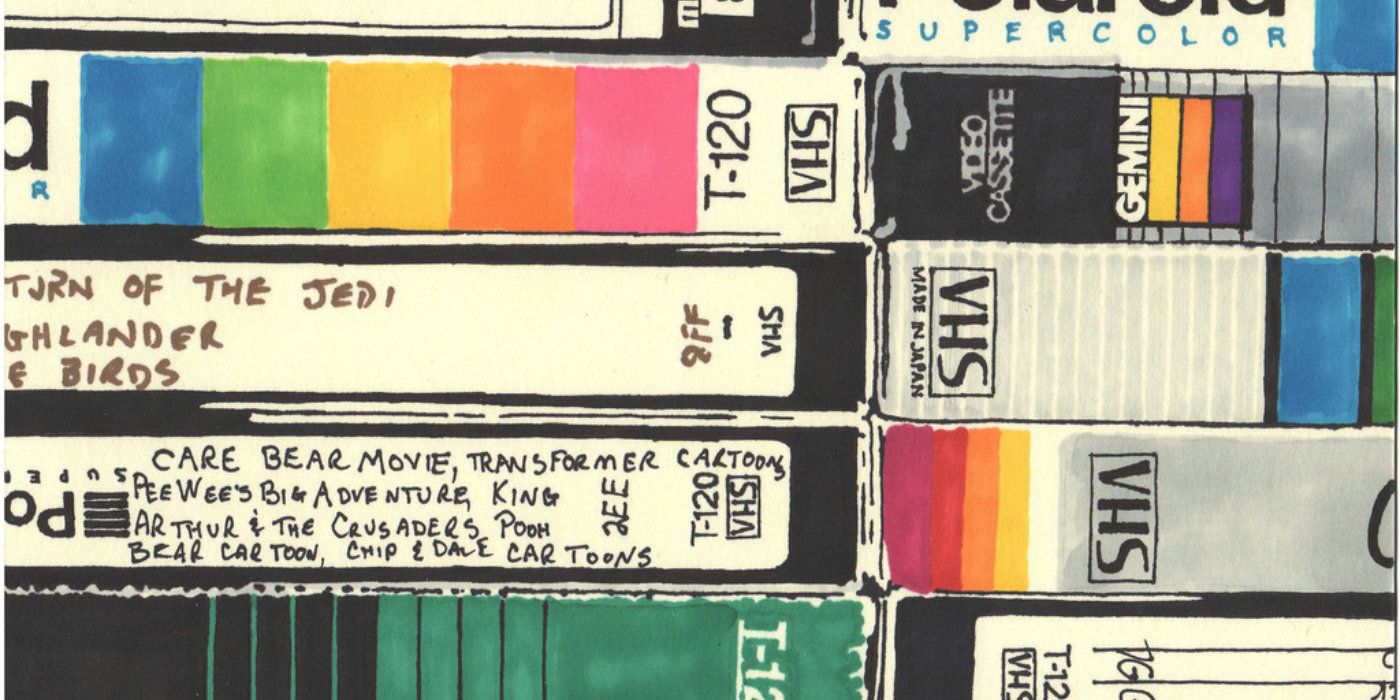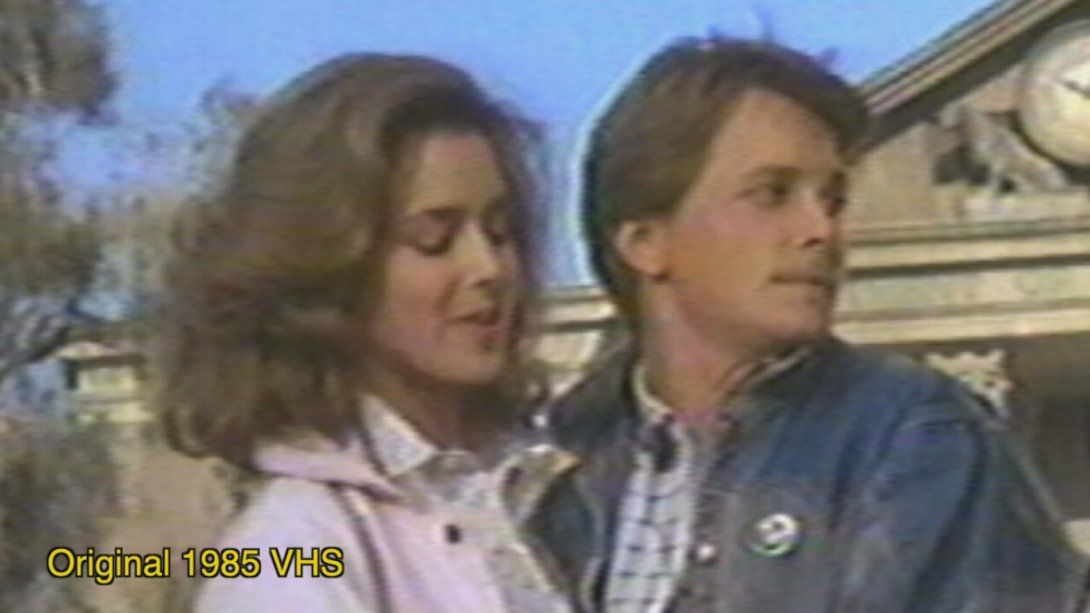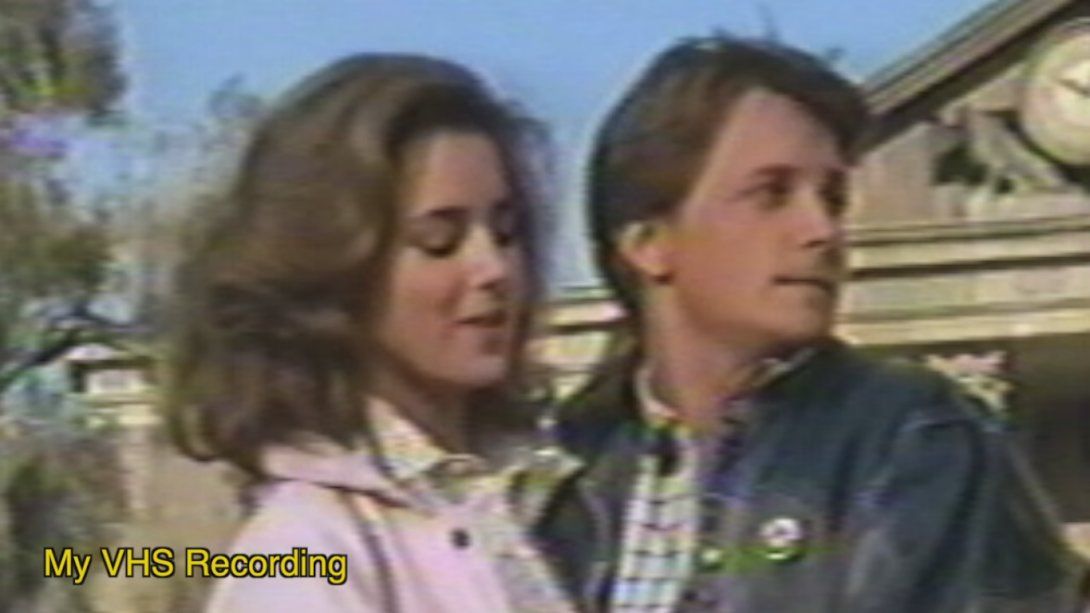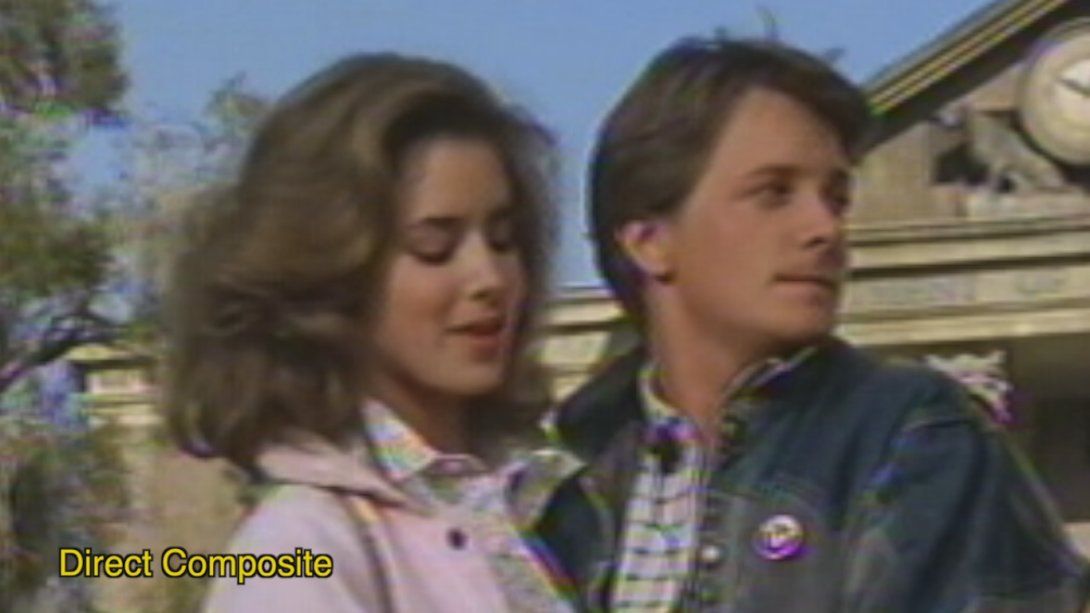We’re living in an age of nostalgia. The candy coated memories of our youths have begun seeping into our daily lives, having a rippling effect on the whole of pop culture. From Fuller House and Gilmore Girls: A Year in the Life to all the endless remakes, the cultural world is steeped in the memory of yesterday. The rise of nostalgia as a legitimate force in the pop culture has opened the door to other avenues of remembrance, including technology.
While there is an entire generation of people living today who have no connection to the phrase “be kind, rewind,” for older people those words bring forth memories of VHS tapes. DVD felt like something of an oddity upon its release in the mid '90s, but by the early 2000s, it was the dominant format. With good reason, too. DVD offered an impeccable clarity in your viewing experience, making the images on the screen come to life in ways we hadn’t known. And so began the slow death of the video cassette. In this age of nostalgia, however, there’s still a fondness for the format the refuses to die. Looking back often means looking through rose colored glasses, so it’s hard to judge what we remember versus the reality of the situation. With the burgeoning nostalgia booming around VHS, it’s important to ask: was it really that bad?
The 8-Bit Guy recently explored this question on a video uploaded to YouTube. Using a brand new, unopened VHS of Back to the Future, the vlogger compared images from the movie to a 1080p Blu-ray version of the film played through a composite video connection to get a better idea of the difference in quality. To add another layer to the experiment, he also used his composite video connection to record the Blu-ray onto a new, professional grade video cassette in order to judge how that looked as well. Unsurprisingly, the VHS image was at least as bad as you remember.
You can see for yourself in the follow screenshots, labeled in the bottom left, that show the differences between the image. While they’re probably about what you would expect, what’s surprising is that the video he recorded himself is actually better quality than the copy provided by Universal. Of course, given that his source was a Blu-ray, that does make a little sense. Still, it speaks loudly to the kind of quality you could expect from a VHS.
Here’s the original VHS:
Here’s the copy he made onto a blank cassette:
Here’s the Blu-ray:
You’ll notice that the line contrast improves greatly in each photo. As he points out in his video, you can see this best by looking at the trees to Marty and Jennifer’s left, as well as the on the clock tower to their right. The clarity comes from the tiny details - and VHS, the ones sold to us by the studios, didn’t do much to show us the details.
It’s interesting to see just how far we’ve come since the rise of the home video market. Even as recently as 15 or 20 years ago, home movie sales were just a small portion of what a movie could make. However, as technology has improved over the years, home video has become an increasingly large portion of where a movie’s profits come from. More and more, people are watching movies at home, which directly contributes to the need for better picture and sound quality, so it’s not difficult to see why so much attention is put into it now than in the days of the VHS.
While this should put to rest any questions you might have about the quality of VHS tapes, that doesn’t mean your childhood memories are ruined, even if VCRs are officially no longer being made. For many of us, watching movies at home on the VCR was a formative experience, solidifying our love for movies and even leading to the rise in quality we see today. But sometimes it’s good to realize that nostalgia has the ability to make the past seem better than it was. Fond memories are one thing, but denying the improvements of the modern day is something else altogether.
Source: YouTube




